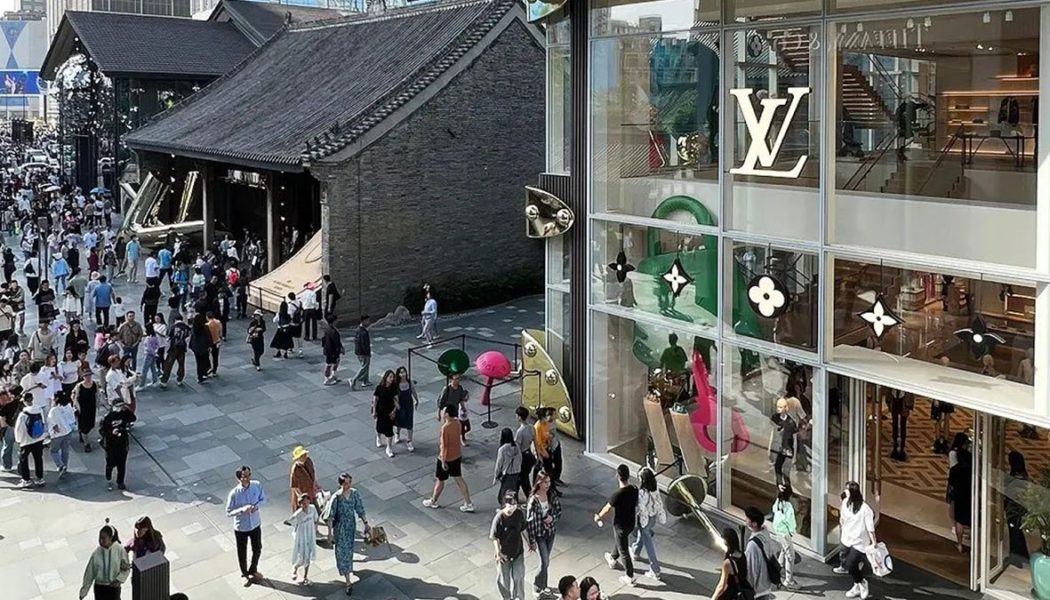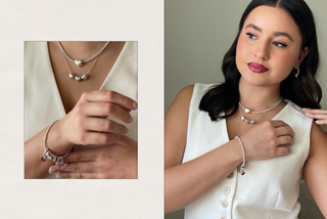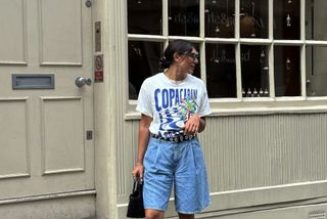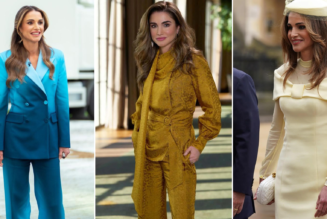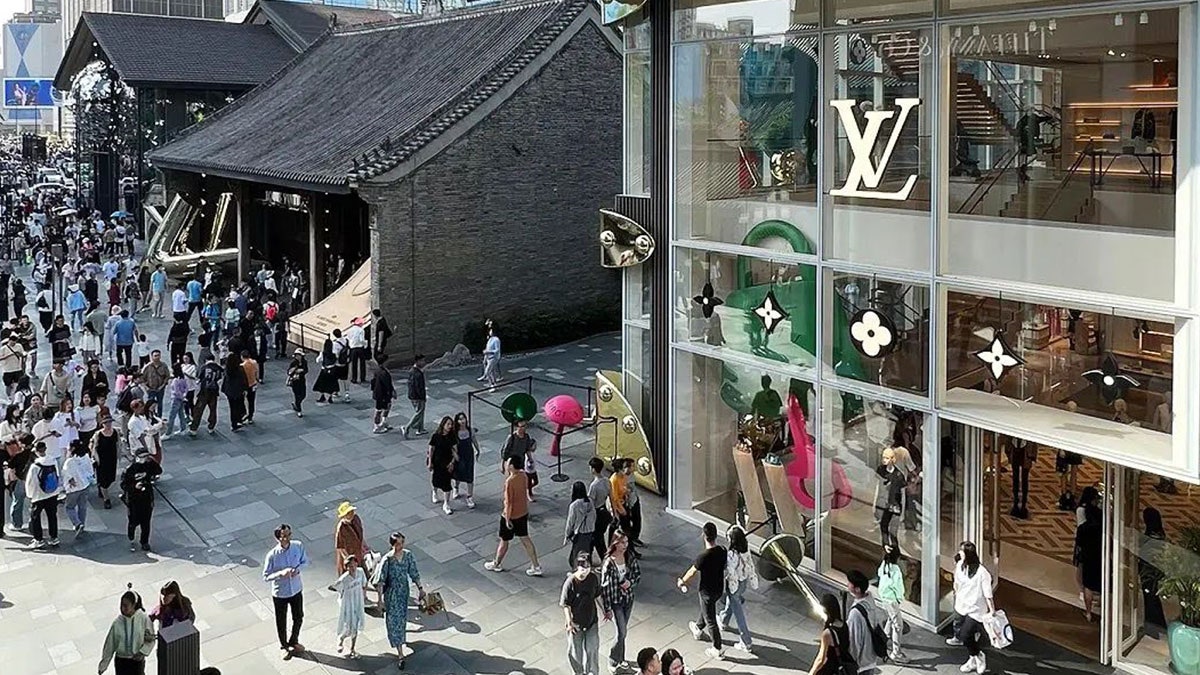
Online channels play an increasingly crucial role in raising consumer interest, influencing more than 90 per cent of shopping decisions in Q1 this year, the report notes. Among them, Weixin ranks first in influencing consumers’ luxury shopping decisions.
Looking more closely at preferred content, brand ads have emerged as the most captivating for Chinese consumers (54 per cent), followed by brand activities (42 per cent, including fashion shows and exhibits), creative marketing campaigns (33 per cent), celebrity endorsements (33 per cent) and recommendations shared by friends and family (19 per cent).
Chinese consumers now rely much less on celebrities to shape their perceptions of luxury goods than they used to in the past and place more trust in the brands themselves to gain information. As a result, many brands have already begun to make use of Weixin’s mini-program and Weixin’s channel for everything from booking resources for offline events to displaying brand ads and live streaming fashion shows. Tencent’s integrated customer experience model covers the entire customer journey and helps brands establish a more sophisticated “Brand.com 2.0” model. Weixin’s mini-program has become a battlefield for innovative brands.
The varying force in China’s luxury market
The report identifies three groups of Chinese luxury consumers with potential for growth in 2023 — the heavy spender, Gen Z and tier 2 and below city customers.
The heavy spender is the core consumer group who is expected to achieve 15 per cent of growth this year. They have high expectations for exclusive experiences, a greater focus on service quality and product supply, and self-gratification is the top spending driver for this group.
The Gen Z segment is projected to meet growth expectations of 12 per cent. They are more likely to be influenced by trends as well as online channels, including creative and localised content. About 50 per cent of their purchases occur online, and they like to compare prices on different online channels.
Many luxury brands have tried to communicate with Gen Z via digital channels and often aim to connect and resonate with them with localised content. For instance, Italian luxury label Gucci live streamed content for Chinese consumers in a virtual environment via Tencent’s Super QQ Show — the tech giant’s latest push into the metaverse. To commemorate its 190th anniversary, watchmaker Longines released a limited run of digital art mementos via Weixin. Other luxury brands, including Burberry, Longchamp and Michael Kors, have also invested heavily in Chinese social media platform experiences, such as Weixin mini-programs, in recent years in order to reach this new cohort of consumers.
